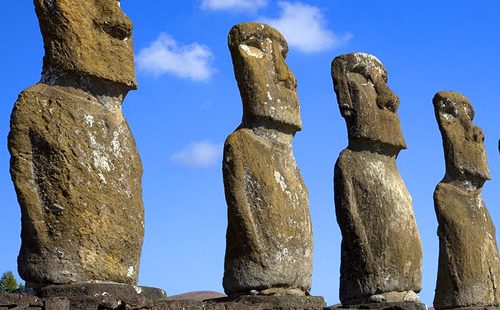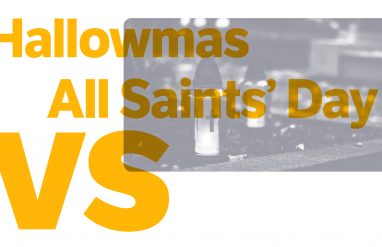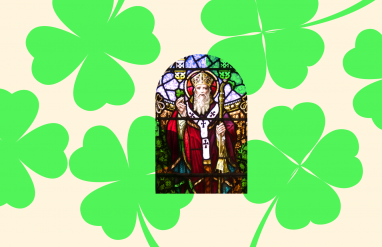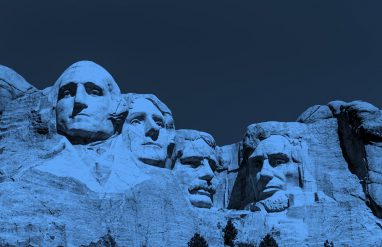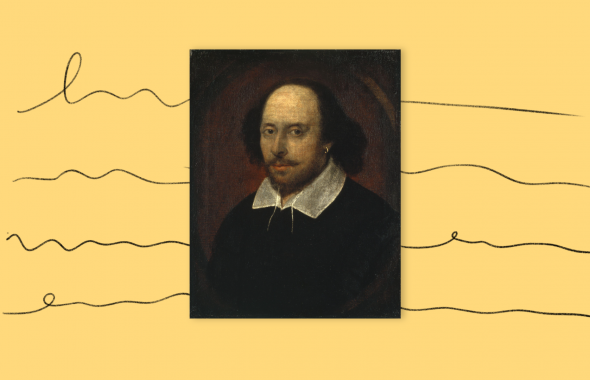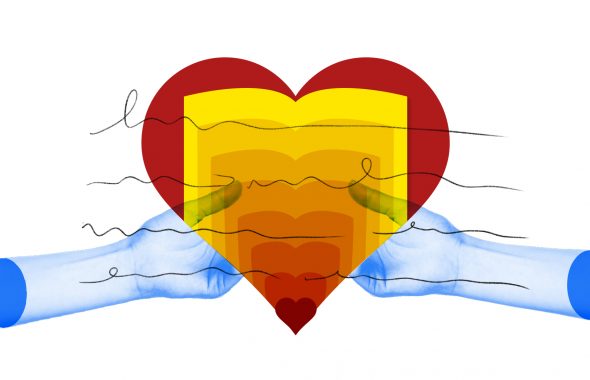The instantly recognizable statues on Easter Island (887 of them), called moai, have perplexed and fascinated explorers, experts and average folks since the Dutch explorer Jacob Roggeveen came across it in 1722. And Mr. Roggeveen is the reason it’s called Easter Island. He and his crew dropped anchor on Easter Sunday.
The current inhabitants of Isla de Pascua (Spanish for “Easter Island”) call it Rapa Nui, a phrase whose origin points to the sad history of the place. Apparently Rapa Nui derives from slavers who abducted island dwellers and somehow confused it with another island named Rapa.
For all the magnificence of the moai, the human story of life on Rapa Nui has been bleak for centuries. Famine, warfare, disease from visiting ships, and ecological changes seem to unceasingly pummel the native people. Of course, these conditions only make the existence of the statues all the more of an enigma.
Research suggests two possible names that the island was called prior to contact with Europeans. Te pito o te henua translates roughly as “navel of the world.” Mata-ki-Te-rangi is approximately “eyes looking to the sky.” Both come from conjecture and the lack of a definite answer again highlights the tragic and chaotic past of one of the world’s most remarkable locations.
On a related note, check out the surprisingly pagan origin of the word Easter.
